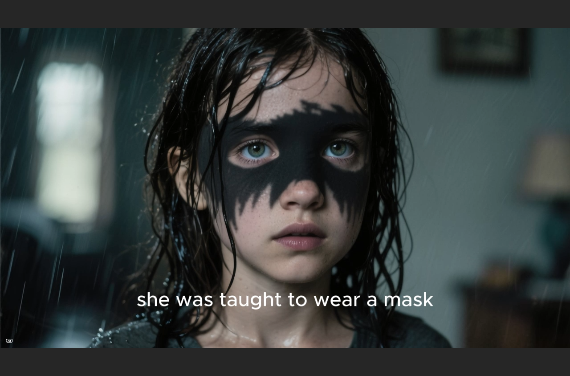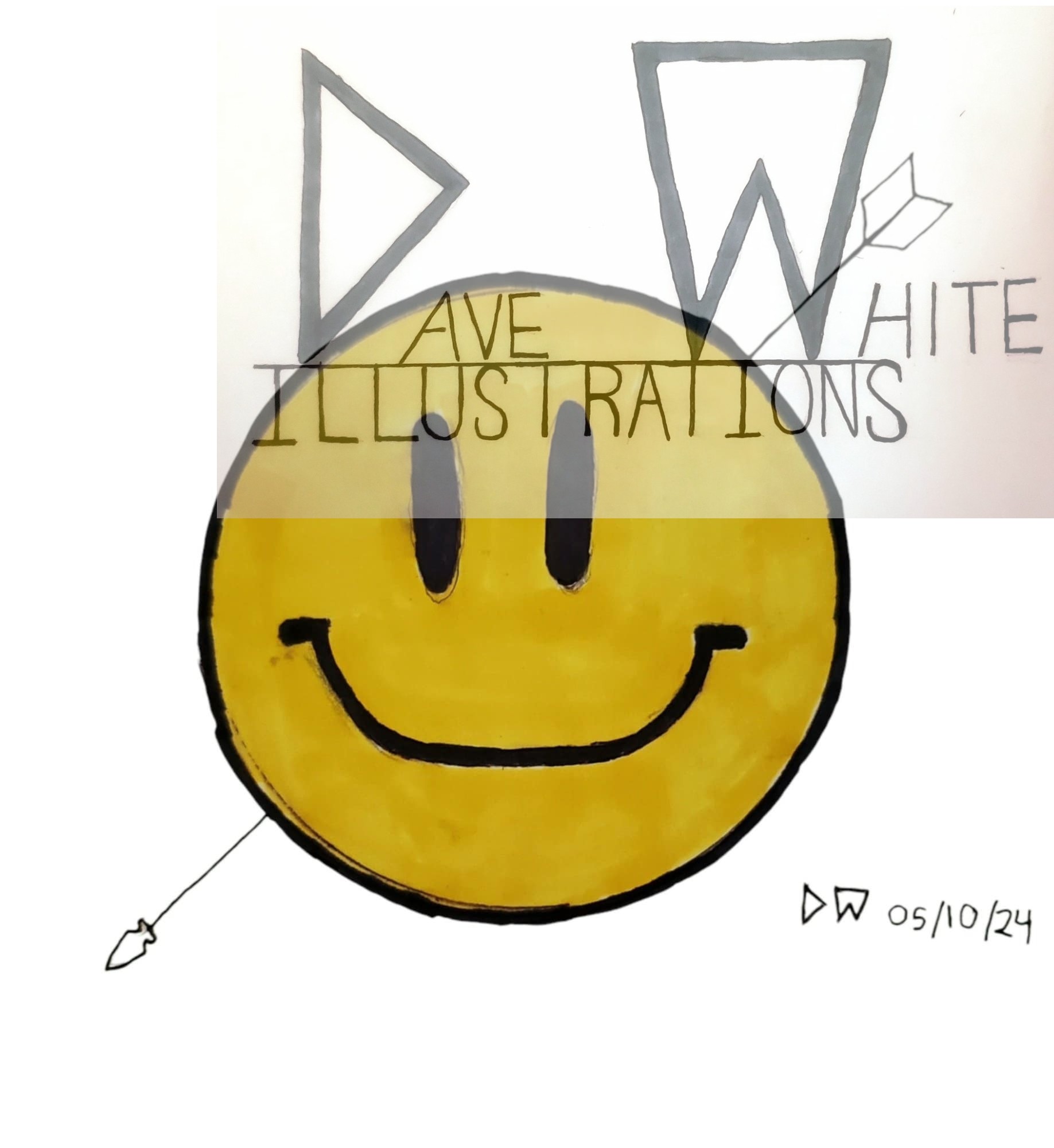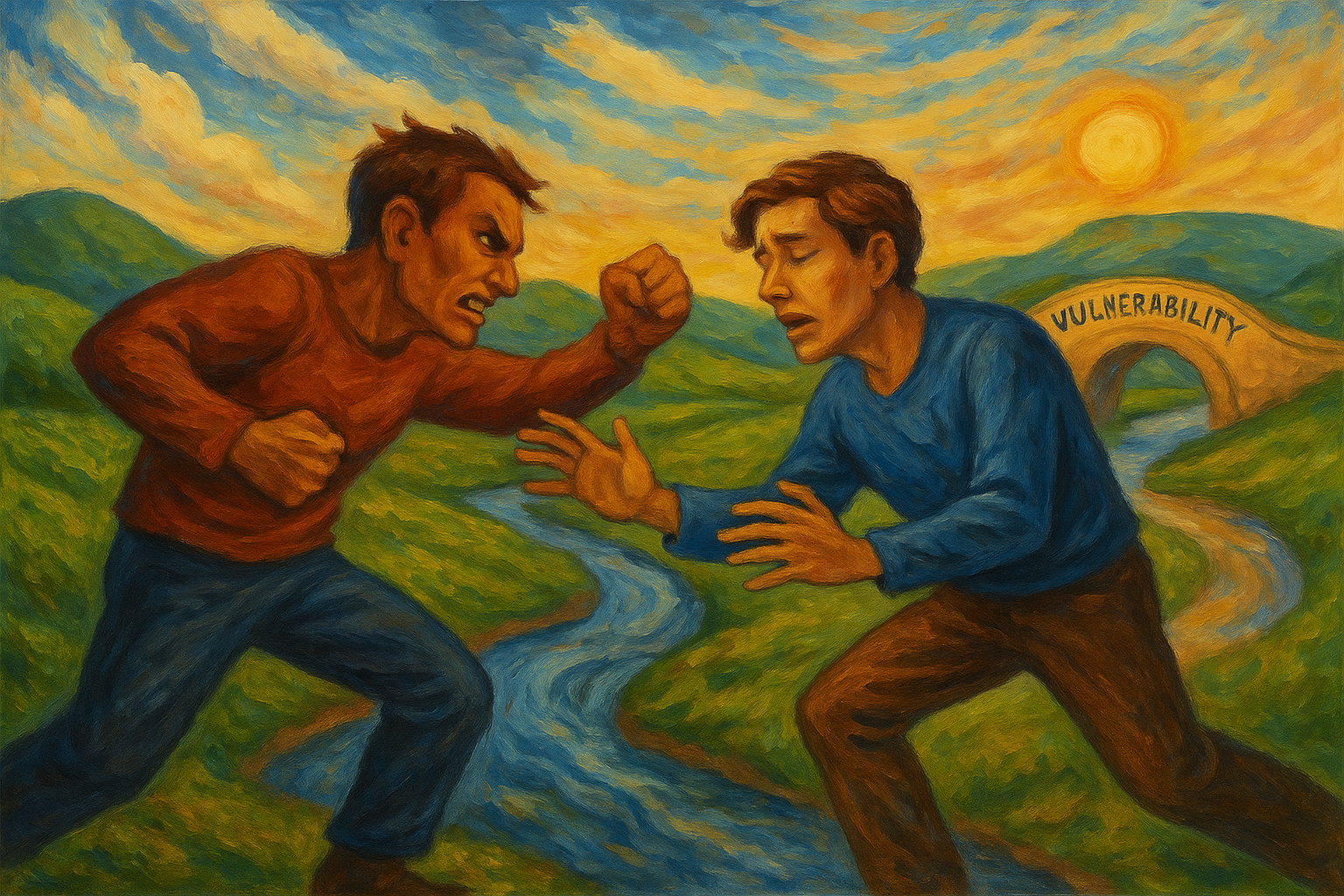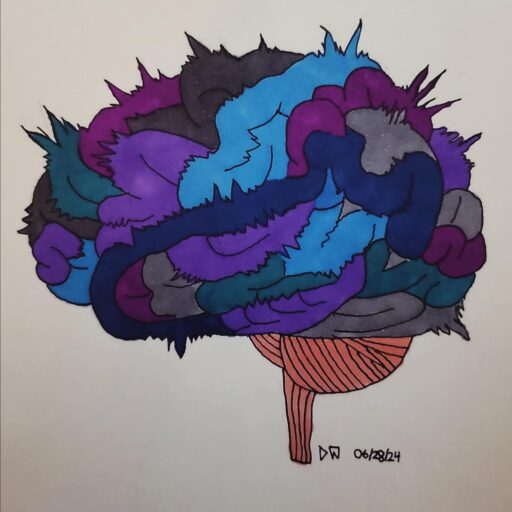Your cart is currently empty!
The Inheritance of Silence: From Page to Screen

Stories live beyond the page—they echo in the spaces we inhabit, in the silences we inherit, and now, in the visual dimensions that technology allows us to create. My short story, The Inheritance of Silence, first appeared on Poetic Bipolar Mind. Today, that story has transformed into a new form: a YouTube video adaptation, bringing its haunting imagery and emotional resonance into motion.
This evolution is not about replacing words with visuals but expanding them—allowing silence, inheritance, and memory to be felt through imagery, pacing, and tone.
Silence as a Character
Silence has always been more than absence—it is a living force in our lives, shaping how we remember, speak, and connect. In The Inheritance of Silence, silence functions as both setting and character. The quiet of a room after an argument, the unspoken grief passed through generations, the heavy hush between people who love but cannot say the words—all of these silences become inherited burdens.
As Susan Sontag once wrote, “Silence remains, inescapably, a form of speech.” In this story, silence communicates what the characters cannot. It is both suffocating and revelatory.
From Written Word to Moving Image
The YouTube video adaptation breathes motion into the stillness of text. Where the story relied on description—“the silence pressed down like a blanket, heavy and unrelenting”—the video embodies that sensation with muted tones, careful pacing, and stark imagery.
This echoes Marshall McLuhan’s assertion that “the medium is the message.” By translating prose into video, the story inherits a new dimension: the silence between words becomes visual pauses, the absence of sound becomes part of the narrative rhythm, and the imagery evokes emotional resonance beyond text.
Inheritance Beyond Bloodlines
The title itself speaks to what we pass down—sometimes without choice. Silence, like trauma, can be an inheritance. Families inherit stories left untold, wounds unspoken, truths buried in quiet. In the video, this inheritance is visualized through lingering images of empty spaces, decaying structures, and shadows that suggest presences unseen.
This mirrors Toni Morrison’s observation in Beloved: “This is not a story to pass on.” And yet, through art—whether written or visual—we do pass them on. Silence becomes testimony.
Why Adaptation Matters
By creating this video, I am not only honoring the original story but also expanding its reach. For some, the written word resonates most. For others, it is sound, image, or movement. Adaptation allows The Inheritance of Silence to live in multiple forms, ensuring its themes echo in new ways and reach new audiences.
This blending of mediums reflects the ethos of Poetic Bipolar Mind: a space where words, art, and multimedia merge into what I call Emotive Fusion Art.
Works Cited
- Morrison, Toni. Beloved. Vintage International, 2004.
- McLuhan, Marshall. Understanding Media: The Extensions of Man. McGraw-Hill, 1964.
- Sontag, Susan. Styles of Radical Will. Farrar, Straus and Giroux, 1969.
Discover more from Poetic Bipolar Mind
Subscribe to get the latest posts sent to your email.
-

Mapping the Cluttered Heart
Dave White’s Busy Mind and Kiana Jimenez’s Fractured Pieces collide in a vivid study of mental fragmentation. Jagged shapes and empty spaces mirror a heart under pressure, painting the ache of expectations, roles, and unhealed wounds. Together they map the struggle to reclaim a fractured self and find freedom again.
-

The Road of Heartbreak
The Road of Heartbreak is a journey through loss, grief, and resilience. Each line captures the heavy ache of love lost, the shadows that linger, and the struggle to move forward. Though the path feels endless, the poem holds a promise—that even in heartbreak, light may return.
-

Bridges of Hope: Simple Tools and Innovations Supporting Mental Health
Mental health care is evolving, and new tools are making healing more accessible. From teletherapy and apps to creativity and holistic wellness, this guide highlights simple resources that help bridge strength and fragility. Poetic Bipolar Mind joins that mission: turning vulnerability into connection and showing we’re never truly alone.

Leave a Reply